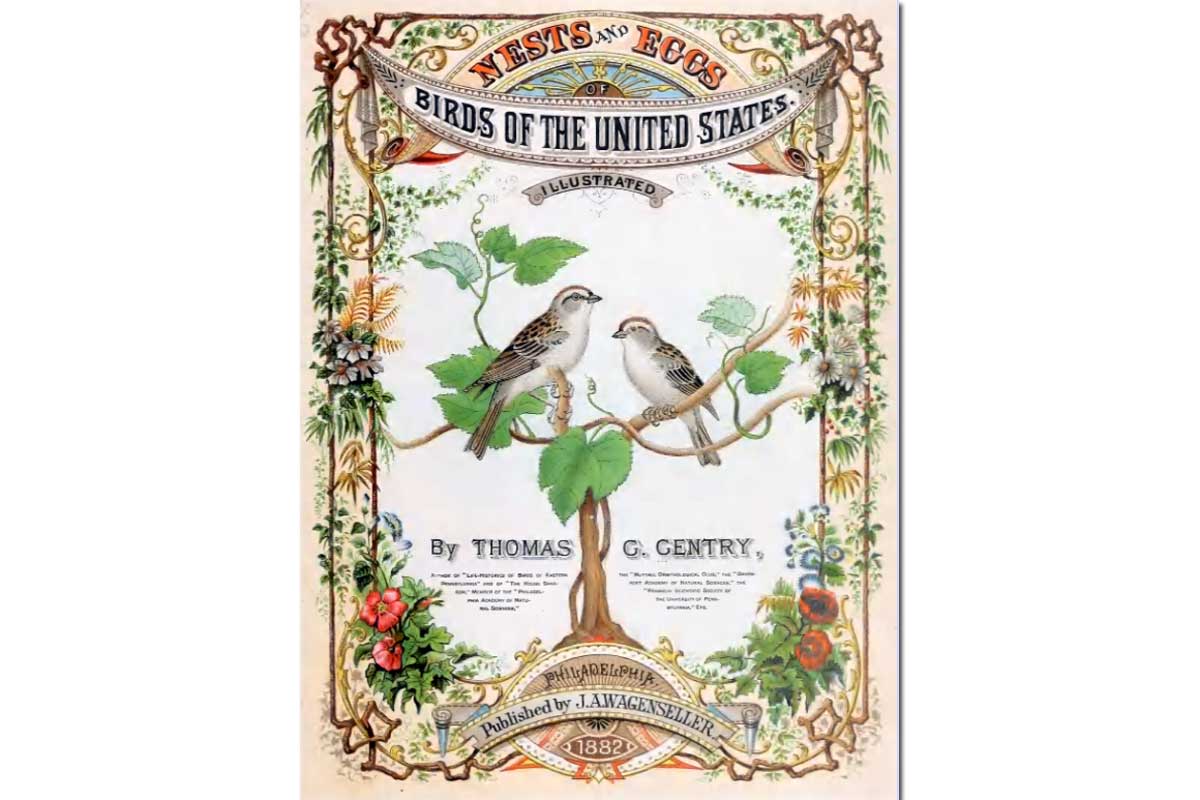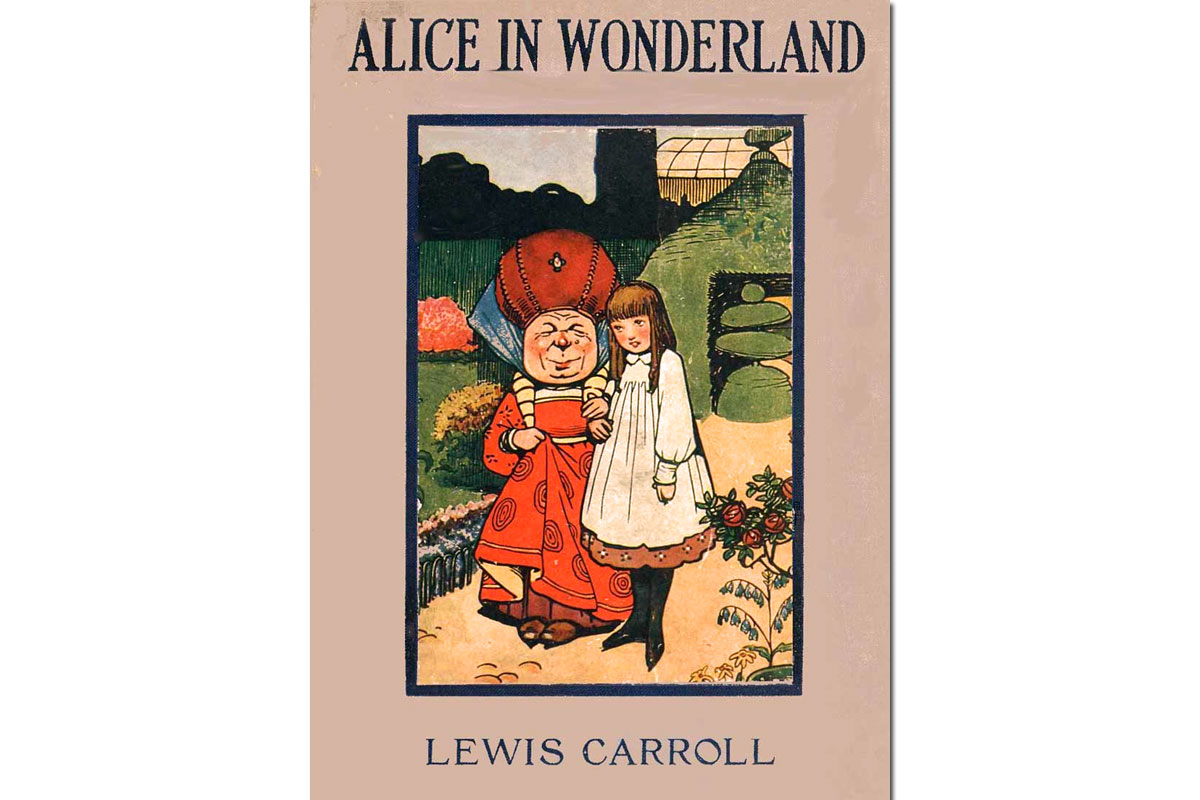
Most of us realize that we want our children and students to be able to reap more from their education than basic facts. In fact, the only education a child receives is the one he obtains for himself. So we really want our children to learn how to learn. One way to achieve that goal is guide and assess their learning based on Bloom’s Taxonomy.
Developed by Dr. Benjamin Bloom in 1956, Bloom’s Taxonomy was designed to help educators move beyond a focus on rote learning by advancing through six categories of higher-level thinking.
Bloom’s original model has since been modified by a former student to make it easier to apply by focusing on action verbs — activities we can see.
So how do we use this information?
Let’s say a student is writing a paper on his/her favorite topic. This is one illustration of guiding a student to through the levels to create a broad and interesting article:
- List the facts found from initial research on a topic.
- Paraphrase or rewrite those facts in a way that synthesizes the information.
- Illustrate the information with examples pulled from the student’s own experiences.
- Analyze the information providing his/her own observations and criticisms.
- Generate a plan that addresses each critique or point of criticism.
- Conclude by estimating the value or benefits of the improvements.
Our Bloom’s and Critical Thinking series works through the entire taxonomy showing how these concepts can work within a natural learning model:
- Discover our student’s current interest.
- Feed the interest.
- And begin the adventure of requiring more from the student in the way of interacting with what he knows (applying, analyzing, creating, etc.).
We have updated our Bloom’s & Critical Thinking Series. For each level you will find:
- Action verbs to help you motivate your students.
- Suggested examples demonstrating those verbs put into action.
- A natural learning example application (for example, narration at the recall level).
- Additional resources to make it happen.
When encouraging our children to pursue their own interests as the foundation of a rich learning experience, this information can provide a framework to encourage us that, YES, they ARE learning!
Enjoy!











You must be logged in to post a comment.